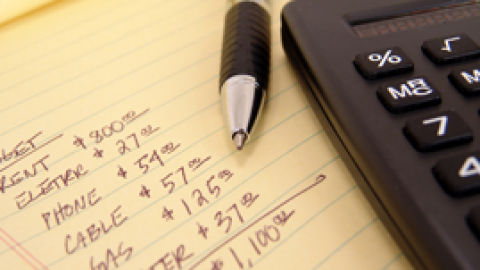 Operating a profitable business means that finding ways to increase efficiency and minimise costs is essential. Yet countless hours are wasted on meetings which lack direction and focus, are time-consuming, and distract staff from spending more time on more important and productive activities.
Operating a profitable business means that finding ways to increase efficiency and minimise costs is essential. Yet countless hours are wasted on meetings which lack direction and focus, are time-consuming, and distract staff from spending more time on more important and productive activities.
The following seven simple tips can help make your meetings much more efficient and cost-effective.
Set a clear objective
All meetings should have a clear goal or objective.The reason why a meeting is needed (versus sending an email or having an informal conversation) should also be clear. The objective needs to be focused. Try to define its purpose in a maximum of five words. One study showed that having a simple and concise outline of a meeting’s objectives can shave up to 17 minutes off the length a of meeting.
Have a draft agenda
Setting an agenda in advance helps to keep everyone on track during the meeting. If it appears that the discussion is steering away from the current topic, anyone can refer to the agenda and remind attendees of the meeting’s objectives. Distribute your agenda several days ahead of the meeting with accompanying supporting documents if available. That way you can assist attendees to arrive well prepared.
Make sure the right people attend
Inviting members of staff to meetings can be costly if they have no stake in the outcome. In the US alone, the annual cost of time wasted in work meetings is approximately $37 billion. You should think about only including staff who are directly responsible for implementing the outcomes of your discussion. Attendees can pass on information to other staff later.
Be inclusive
When more than one or two people are invited to a meeting make sure that everyone has the opportunity to contribute. A couple of people may dominate the discussion. However, a meeting is most productive when everyone is involved. Shy people and introverts are often highly creative thinkers. Encourage them to make a contribution to the discussion.
Meetings should begin promptly…no excuses. Waiting for late-comers will immediately make those people who arrive on time begin to feel restless and that their time is under-valued. Try to avoid Monday morning meetings and arrange meetings for mid-afternoons on Tuesdays instead. This will give your staff time to get back into gear after the weekend and to prepare for your meeting.
Keep the meeting short
Perhaps you are in the habit of scheduling meeting lengths of 60 minutes or an hour and a half. Ideally meeting lengths should be somewhere between 20 to 40 minutes. Any longer and people’s attention can lessen and productivity plummets.Stick to your agenda. Appointing someone to keep time can help everyone to stay focused by pointing out when the discussion is running on too long. They can also indicate when time is almost up. Make it clear that the meeting will end on time.
Ban mobile devices
meeting Mobile devices can be an annoying distraction in meetings. Some people just can’t help but check their mobile phones for incoming calls and messages even when they are set to silent. Politely ask all attendees to turn their mobile phones off, or better still to leave them at their desks. Research shows that recall is enhanced when people use hand-written notes versus typed ones, so ask attendees to leave their iPad, laptops and mobiles in the office. If you really need a written record of your meeting appoint someone to take minutes.
Final thoughts
One final thought that adds weight to the idea that meetings should be kept as short as possible and only include staff that need to be there – take into consideration how attendees re-adjust to their normal workflow after they’ve been dragged away from their desks
















